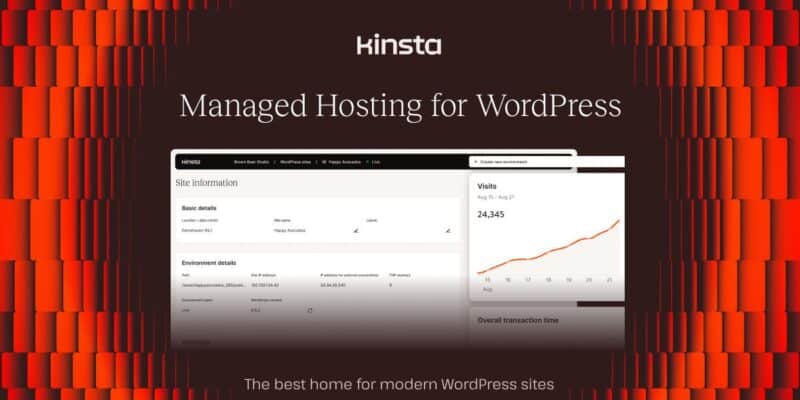Low-code development is having a moment. In plain terms, it means building applications or websites with visual tools like drag-and-drop interfaces and plugins instead of writing code from scratch.
For businesses without a development team or anyone looking to save time and avoid diving into JavaScript or PHP, low-code platforms offer speed, flexibility, and scalability without the complexity of custom code.
So, where does WordPress fit into all this?
This article explores how far you can push WordPress as a low-code platform. You’ll see how much you can build without writing much code, where the limitations start to show, and how it compares to other low-code environments.
What low-code really means as it relates to WordPress
Low-code and no-code are often used interchangeably, but they aren’t quite the same. No-code platforms focus on building entirely without code, typically using drag-and-drop interfaces and pre-built templates.
Low-code, on the other hand, leaves room for customization. You can tweak functionality with a bit of code or configuration, without diving into full-scale development.
WordPress sits at the intersection of both. Out of the box, there is more no-code than people realize. You can launch a site, install a theme, and publish content without writing a single line of code. But once you start adding features like custom fields, automation, or dynamic content, it becomes a low-code situation. And that’s where WordPress really shines.
It gives you just enough structure and flexibility to build serious functionality with minimal custom code.
Here are some of the tools that make that possible:
Site Editor
The built-in Block Editor and Site Editor within WordPress provide design tools that let you create and manage page layouts, headers, footers, and templates without having to deal with code at all.
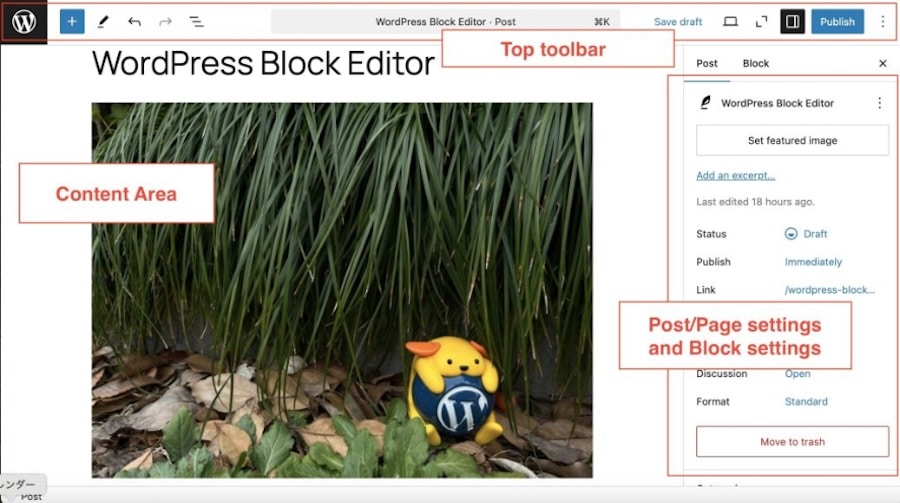
The Block Editor continues to add new features, blocks, and blocks created by third parties.
Custom field plugins
Plugins like Advanced Custom Fields (ACF) let you add structured content fields to posts, pages, or custom post types.

If you want to create a library of team bio, portfolio pieces, or product specs, you can do it all without writing PHP or manually registering custom post types.
Form plugins
Form builder plugins, such as Gravity Forms and WPForms, do more than collect emails. They also power conditional logic, multi-step forms, user registration, and even frontend content submission, all of which are accessible from a friendly GUI.
Code insertion plugins
Plugins like WPCode and Code Snippets give you a safe, clean way to add PHP or JavaScript snippets to your site without touching functions.php. This is perfect for when you need just a bit of extra logic but want to avoid full-blown theme editing.
Dynamic content tools
WordPress offers several powerful plugins that enable you to create dynamic content relationships and custom data displays without writing PHP or manually querying the database. Tools like Toolset, Pods, and Meta Box allow you to visually define custom fields, post types, and taxonomies, then use built-in shortcodes or block-based views to display that content dynamically across your site.
What makes these tools stand out is their balance of simplicity and depth. You can apply conditional logic to control what content shows up and when, build custom filters or sorting mechanisms, and even run basic calculations, all through a visual interface. They’re approachable for beginners, but flexible enough that developers can extend them with hooks and custom logic if needed.
This kind of modular control gives WordPress much of the same power as dedicated low-code platforms without forcing you into a proprietary system. You’re still building on open-source software, with the freedom to scale up or write custom code whenever your project demands it.
What can you build with WordPress low-code tools?
Once you understand the toolkit, the natural next question is: what can you build with it? The short answer is, “more than you might think.”
WordPress, as a low-code system, isn’t relegated to just content-heavy sites or simple landing pages. With the right plugins and smart configuration, you can build functional web apps, gated platforms, dashboards, and more without needing to hire a development team or manage a custom stack.
Let’s break down a few common use cases to show what’s possible:
Member directories, gated content, and basic LMS platforms
Low-code WordPress tools are particularly effective for building membership sites. Whether you’re managing a professional directory, offering premium content, or launching an internal learning portal, you can layer tools like MemberPress and LearnDash to create structured access, control permissions, and track engagement.

A potential use case? Build an internal company training portal where employees log in to view lesson modules, take quizzes, and track their progress. You can gate access based on roles, organize content into courses, and even issue completion certificates.
Internal dashboards and CRMs
WordPress can also serve as a lightweight CRM or internal tracking system. Plugins like Advanced Custom Fields, Admin Columns Pro, and GravityView let you turn post types and form submissions into interactive dashboards.
For example, a marketing team can track leads by creating a custom post type for “Leads” and using ACF to capture important details such as lead source, status, and contact information. Admin Columns Pro enables the team to display and sort this data in a custom table format. Reps can then log in, add notes, update statuses, and manage leads directly from the WordPress admin interface.
Booking systems and event management
For service-based businesses, WordPress excels as a booking and scheduling platform. Plugins like Amelia, WP Simple Booking Calendar, and The Events Calendar offer full-featured solutions for managing appointments and events with calendar views, confirmations, and reminders.
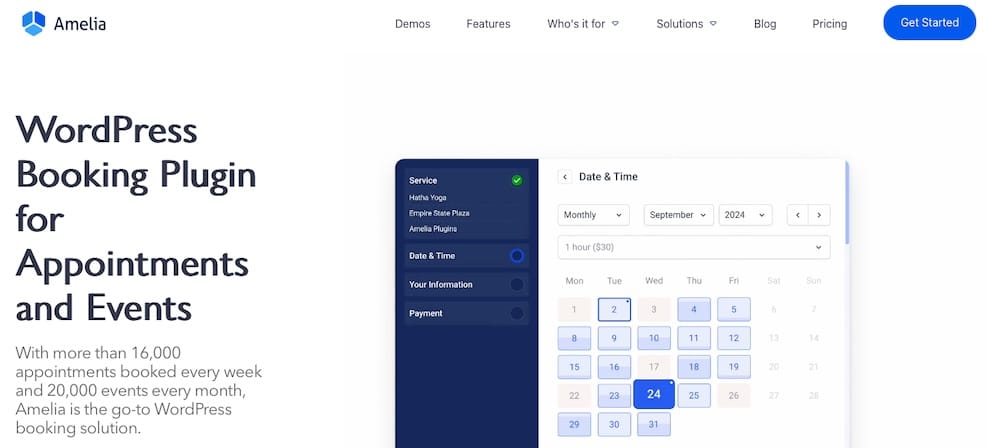
An example might be a local spa that wants to let clients book appointments online. With Amelia, you can create services, assign staff, manage availability, and accept payments.
Client portals and reporting tools
WordPress also works well for building private portals and reporting dashboards for clients or internal teams. With tools like User Role Editor and other dynamic content plugins, you can control exactly what each user sees based on their role or login status.
Data can be pulled from custom post types, external APIs, or synced spreadsheets, then displayed in clean, role-specific views.
Let’s say a digital agency provides monthly performance reports through a secure login area. Each client sees only their own data via a personalized dashboard. Smart use of shortcodes and conditional logic ensures the right content reaches the right audience.
Across all these scenarios, the real strength of WordPress low-code tools is in their modularity. You’re not locked into rigid templates. Instead, you’re assembling solutions from flexible parts.
The limitations of WordPress as a low-code platform
For all its flexibility, WordPress isn’t a perfect fit for every low-code project. As you move beyond basic setups into more dynamic, integrated, or large-scale builds, WordPress can start to show its limitations. Some of these are rooted in its architecture, others in how low-code tooling interacts with WordPress in general.
Here are the key friction points to keep in mind, but note that most of these issues can be worked around with planning:
Custom logic and third-party integrations still take effort
While low-code tools can handle a lot, they tend to hit a wall when you need to connect with third-party APIs or build out complex workflows.
Integrating with services like Stripe, HubSpot, or Airtable often requires custom JavaScript or PHP. And even tools that promise “no-code” integrations like Zapier or Uncanny Automator sometimes need extra scripting to handle edge cases or validation.
WordPress struggles with complex relational data
WordPress isn’t designed for deeply relational database structures out of the box. You can define custom post types and taxonomies, but once you start modeling many-to-many relationships, deeply nested dependencies, or custom queries across meta tables, things get messy. Plugins help, but performance and maintainability can become concerns at scale.
Scalability has its pain points
Low-code WordPress solutions can scale to a point. As your site grows in complexity, especially with plugins that rely heavily on post meta and options tables, database bloat becomes a real issue. Queries slow down, admin interfaces lag, and without strong caching or optimized hosting, even modest traffic spikes can cause performance issues. Managed WordPress hosting like Kinsta helps here, but the core limitation still exists.
UX flexibility is limited
If your project requires highly interactive or reactive user experiences, such as drag-and-drop interfaces, instant search, or app-like transitions, WordPress visual builders may not be sufficient.
Most rely on static templates and basic conditional logic. While some frontend interactivity is possible with plugins or JavaScript snippets, WordPress isn’t built like a frontend framework, and this limitation becomes apparent once you move beyond basic UI patterns.
Security risks increase with plugin dependence
Low-code builds often depend on a collection of plugins. That modularity is what makes WordPress so appealing, but it’s also a security tradeoff. The more plugins you rely on, the larger your attack surface becomes.
Outdated or poorly maintained plugins can open the door to vulnerabilities. That’s why regular updates, selective plugin choices, and solid security tools are a must when going the low-code route.
How WordPress compares to other low-code platforms
WordPress can absolutely hold its own in the low-code world, but it’s not the only option out there. Depending on what you’re building, other platforms might offer a better fit for your workflow, technical skill level, or long-term goals.
Here’s how WordPress stacks up against a few popular low-code alternatives.
WordPress vs Webflow
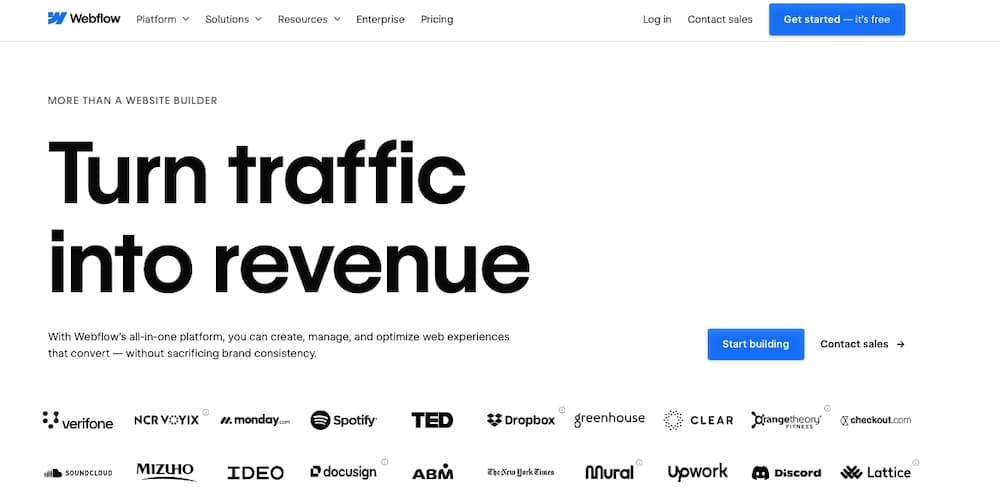
Webflow is a visual-first website builder aimed at designers and marketers. It offers pixel-level control over layouts, animations, and styling, with clean code output and built-in CMS features. Compared to WordPress, it’s more intuitive for frontend design but far less flexible when it comes to logic, dynamic relationships, and third-party integrations.
If your focus is design precision and static content, Webflow shines. But for multi-user sites, membership systems, or deeply interactive experiences, WordPress offers more extensibility.
WordPress vs Bubble
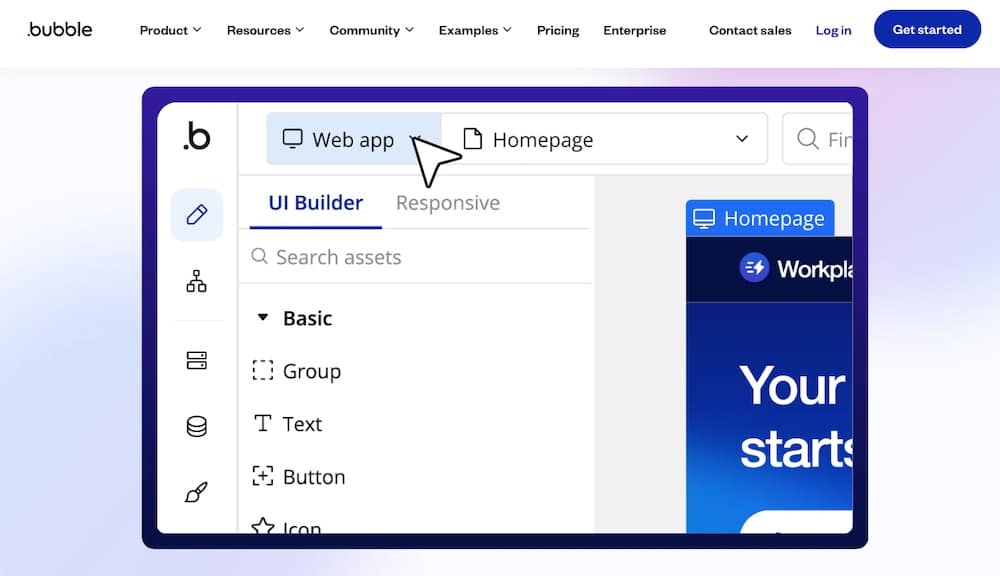
Bubble is built from the ground up for web app creation. It lets you create databases, user authentication flows, and frontend interactions without code. Think of it as a no-code/low-code hybrid for building full applications, more like an app builder than a CMS.
While WordPress wins on ecosystem size and content publishing, Bubble has the edge for custom workflows, logic-heavy apps, and startup MVPs. That said, Bubble projects are harder to migrate or self-host, whereas WordPress gives you total ownership over your infrastructure.
WordPress vs OutSystems
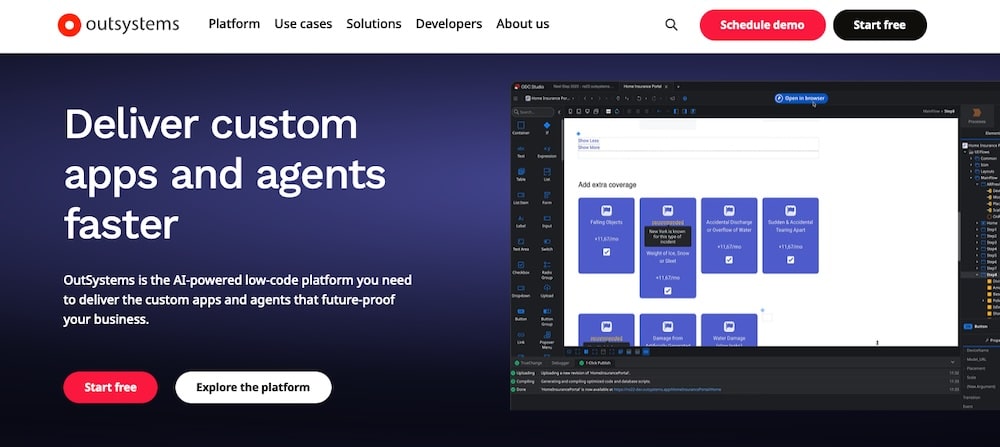
OutSystems targets enterprise developers with large-scale app needs like HR systems, field service apps, or insurance claims tools. It’s a true enterprise-grade low-code platform, with drag-and-drop UIs, integrated DevOps pipelines, and serious support for governance and compliance.
The trade-off? OutSystems is expensive and far more complex than WordPress. However, WordPress is much more accessible if you’re building a small business tool, brochure site, or client portal.
Other tools
Platforms like SAP Build Apps and Glide are great for building mobile-first apps and internal tools. They offer strong visual builders and quick deployment, especially when pulling data from spreadsheets or external APIs. However, compared to what WordPress and associated plugins can offer, most are limited in customization, UI control, and integration flexibility.
Summary
WordPress has moved far beyond its blogging roots. Today, with the right mix of plugins and visual tools, it serves as a powerful low-code platform for building everything from member portals and booking systems to CRMs and client dashboards. Its massive ecosystem of plugins and themes, along with its open-source foundation, makes it incredibly flexible.
That said, it’s not without its limits. WordPress can start to show strain when handling complex database structures, highly interactive frontend experiences, or large-scale integrations. In such cases, you may need to incorporate custom code.
Still, for most business scenarios, WordPress offers an unbeatable combination of extensibility, flexibility, and ease of use. And with a reliable, performance-focused host like Kinsta, you get the infrastructure and support you need to make low-code WordPress projects run fast, stay secure, and scale confidently.


